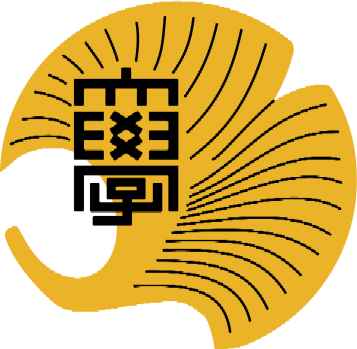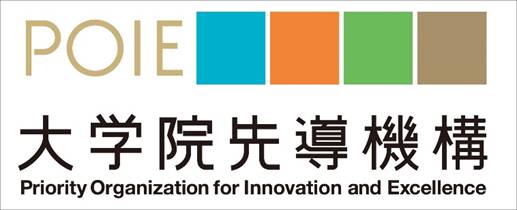
PLENARY LECTURES
| Lecture 1 | Prof. Jianjun Deng Institute of Fluid Physics, China China Academy of Engineering Physics, China E-mail: jjdeng@caep.cn |
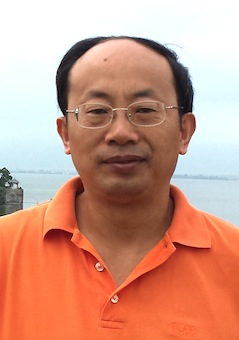 |
|
| The Dragon-II, a Triple-pulse High Power Linear Induction Accelerator | |||
| Three classes of pulsed power generators for different industrial applications The Dragon-II is a triple-pulse high power linear induction accelerator based on innovative technique idea, which can generate triple pulses at 2 MHz rep-rate at burst mode with beam parameters of 20 MeV, 2 kA ,60 ns with spot size ofless than 2 mm. The design of the Dragon-II is briefly described. The most recent results of the Dragon-II will be presented. | |||
| Lecture 2 | Prof. John Mankowski Center for Pulsed Power & Power Electronics (P3E) Department of Electrical & Computer Engineering Texas Tech University, USA E-mail: john.mankowski@ttu.edu |
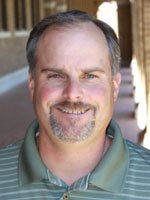 |
|
| Recent Advances in Pulsed Power Research at Texas Tech University | |||
| Recent advances at Texas Tech University in pulsed power are presented. Much progress has been made in high repetition rate RF sources through the use of advanced materials and drivers. We have recently demonstrated a vircator-based system which can deliver 50 MW at pulsewidths of 30 nsec and PRF of 500 Hz for a 1 second duration. We have shown a multi-MW, NLTL based system which can operate at > 1 kHz for long durations. Work continues on our SiC based photoconductive semiconductor switches (PCSS). Additionally, we report on advances in electrically small antennas in the HF band. | |||
| Lecture 3 | Dr. Markus Schneider Electromagnetic Acceleration and T-Ray Group (ERG) French-German Research Institute of Saint-Louis (ISL), France E-mail: MARKUS.SCHNEIDER@isl.eu |
 |
|
| Electromagnetic Acceleration Research at the French-German Research Institute of Saint-Louis (ISL) | |||
| Recent activities of the French-German Research Institute of Saint-Louis
(ISL) in the field of electromagnetic acceleration are presented. The ISL
is operating different linear electromagnetic accelerators of the railgun
type. PEGASUS, the largest installation in service has a 10 MJ modular
power supply and its acceleration length is 6 m. The payload velocities
obtained with masses in the range of several 100 grams are well above 2000
m/s. Several smaller facilities (< 3.5 MJ) are used to investigate specific aspects of the launch technology. Among these aspects are novel launcher setups and armature technology. Specific attention is paid to the repetitive launcher RAFIRA, which is able to launch payloads in the range of 100 grams with repetition rates of 75 Hz. The talk will also cover original work of the ISL concerning the power supply of EM launchers. Here, the challenge is to develop compact and reliable systems for delivering the pulsed currents with amplitudes in the MA range required by this launch technology. Finally, some dual use applications investigated at the ISL will be presented, e.g. launch to space and applications the field of materials science. |
|||
| Lecture 4 | Prof. A. J. M. Pemen Department of Electrical Engineering, Eindhoven University of Technology, The Netherlands E-mail: A.J.M.Pemen@tue.nl |
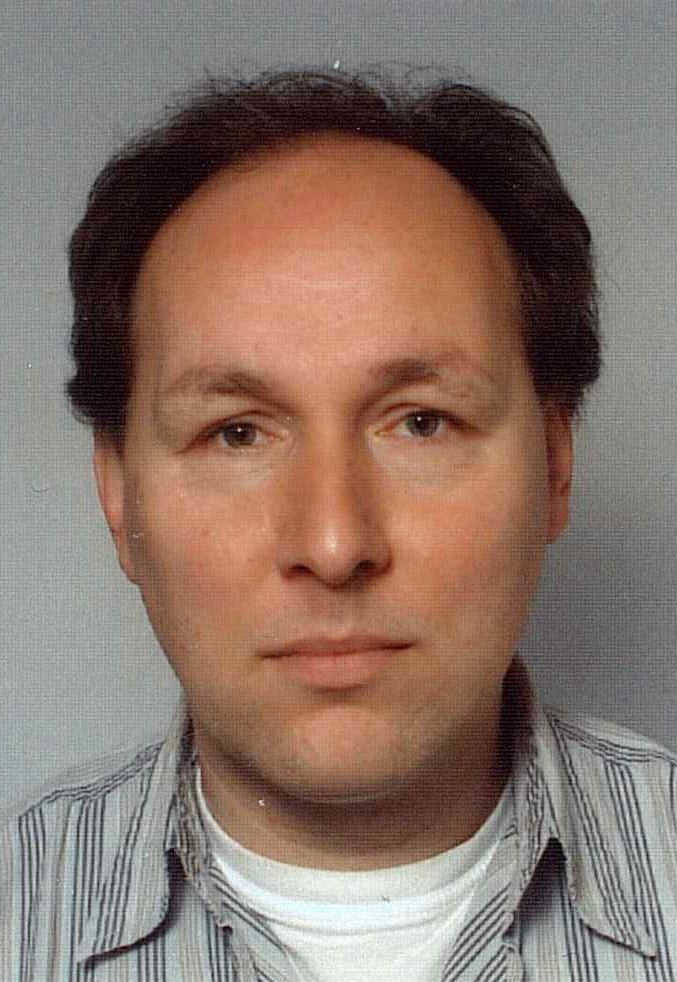 |
|
| Repetitive, Nanosecond Pulsed Power Technology for Transient Plasma Processing | |||
|
Pulsed corona plasma is very efficient for a wide range of air purification
applications. Driven by repetitive, nanosecond pulsed power technology,
high energy efficiencies and removal rates can be obtained. Since one decade,
we have been working on industrial corona plasma systems with 10-30 kW
in average power and higher than 90% of total energy conversion efficiency.
In this lecture, we will give an overview of our developments in repetitive, nanosecond pulsed power technology for large scale corona plasma generation. Typical parameters of pulsed-power sources are: rise time of 1-20 ns, pulse width of 1-100 ns, pulse repetition rate of up to 5000 pulses per second, peak voltage of 70 kV, peak current of 3.5 kA, dc bias voltage of 10-35 kV, and energy per pulse of up to 30 J. We will discuss repetitive charging systems, heavy-duty spark-gap switches, transmission-line-transformers, and multiple switch synchronization. We also address the matching between the source and reactor, and present examples of industrial pilot tests. Finally, we will show initial results of corona processing with sub-nanosecond HV pulses. |

